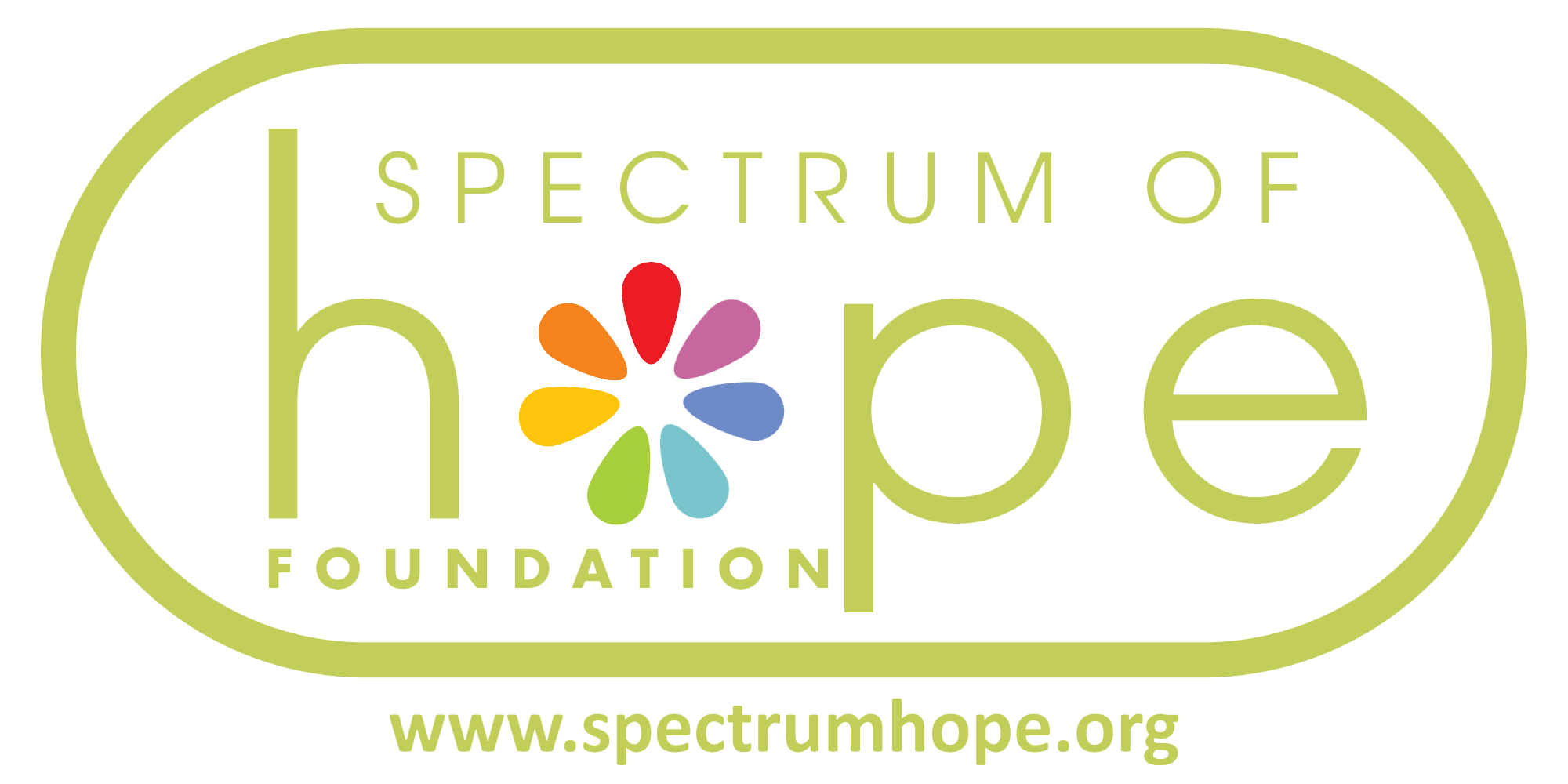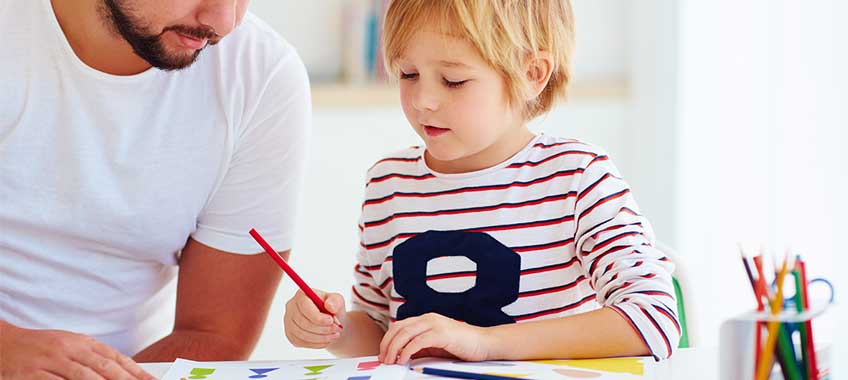What is Applied Behavior Analysis (“ABA”)?

By Sharon Venezio, MA, BCBA
Co-Founder/Director, Hyperion Behavioral Health Center
Applied Behavior Analysis (ABA) is a science that studies environmental events that affect behavior. ABA is based on the principles of Learning Theory and, simply put, looks at what we do and why we do it. It is based on positive reinforcement and seeks to increase behavioral deficits (e.g., language, play, attention) and decrease behavioral excesses (e.g., self-stimulatory behavior, tantrum behavior, noncompliance). ABA teaches functional living skills, language, social skills, self-regulation and control, academics, as well as many other positive skills. ABA addresses the whole child and targets multiple domains. Data is constantly collected and analyzed to ensure the efficacy of treatment. ABA works across all environments: home, school, and community.
Typical children learn from their environment, but children with autism do not learn from their environment in the same way as typical children. Children with autism can learn, but they often require a highly structured environment. ABA alters the environment and teaching method in order for your child to maximize learning.
Ultimately, ABA strives to generalize skills so children with autism who have had appropriate therapy are able to learn from the natural environment with their peers.
Why ABA?
Applied Behavior Analysis is the only peer-reviewed methodology proven to help improve the lives of children with Autism. The Journal of Applied Behavior Analysis was founded in 1958; ABA as a treatment for Autism began in the 1960s. There are over 50 years of scientific research supporting ABA. ABA programs are based on scientifically proven methods, peer-reviewed research, and well-established principles of learning.
What is Discrete Trial Teaching?
Discrete Trial Teaching (DTT) is a teaching method based on the stimulus-response-reinforcer relationship. It involves numerous trials with each trial having a distinct beginning and end. It involves:
- breaking a skill into smaller parts
- teaching one sub-skill at a time until mastery
- allowing repeated practice
- providing prompting and prompt fading as needed
- utilizing reinforcement procedures
Increases the ability of children with Autism to learn. It is typically performed at a table but all skills mastered in a DTT format must be generalized into a more natural setting. The DTT method is only part of the curriculum of a comprehensive ABA program and other areas, such as social skills, emotional understanding, and executive functioning, are addressed in more natural and spontaneous ways.
Who is qualified to work with my child?
Professionals supervising your ABA program should have a master’s degree and be certified by the Behavior Analyst Certification Board (BACB). The board ensures that those who are certified have met vital academic and experiential requirements. It also ensures that these individuals have the requisite knowledge to properly and effectively supervise your treatment team.
The professionals who are implementing therapy on a daily basis should be overseen by an individual who meets the above criteria and has undergone extensive training in the theoretical and practical applications of ABA. Supervision should be consistent and team meetings should occur a minimum of once a month.
Where does treatment take place?
Treatment takes place in multiple environments, including home, school, and the community. While DTT may initially take place in a “therapy room” within the child’s house, over time skills will be generalized to various areas within the home and community.
What are the stages of ABA treatment?
- Early Stage
- rapport building
- attending skills
- contingency
- learning to learn
- Intermediate Stage
- play
- communication
- discrete trial teaching
- academics
- social skills
- self-help
- Advanced Stage
- advanced cognition and communication
- social skills
- peer interaction
- generalization
- school
In these programs, the goal is to increase skills in language, play, and socialization, while decreasing behaviors that interfere with learning. The results can be profound. Children with autism who have ritualistic or self-injurious behaviors reduce or eliminate these behaviors. They establish eye contact. They learn to stay on task. Finally, the children acquire the ability and the desire to learn and to do well. Even if the child does not achieve a “best outcome” result of normal functioning levels in all areas, nearly all autistic children benefit from intensive ABA programs.
It is important to understand that ABA programs are not an instantaneous cure for autism. There is a saying that miracles take a lot of hard work, and that is certainly true in this case. Some children may make rapid progress in the program, while progress is slower for others. As some behaviors improve, new, more challenging behaviors may surface. Especially in the beginning stages of the program, a child’s behaviors may actually worsen in response to the program’s behavior strategies (sometimes called an “extinction burst”) before tapering off. A few children may only require therapy for a year or two, but the majority will likely need the program for three to five years. For some children, the program will be needed beyond that timeframe. Nonetheless, an intensive ABA program is the most effective treatment for autism we have available today and is definitely a worthwhile endeavor to undertake for families with children on the autism spectrum.

